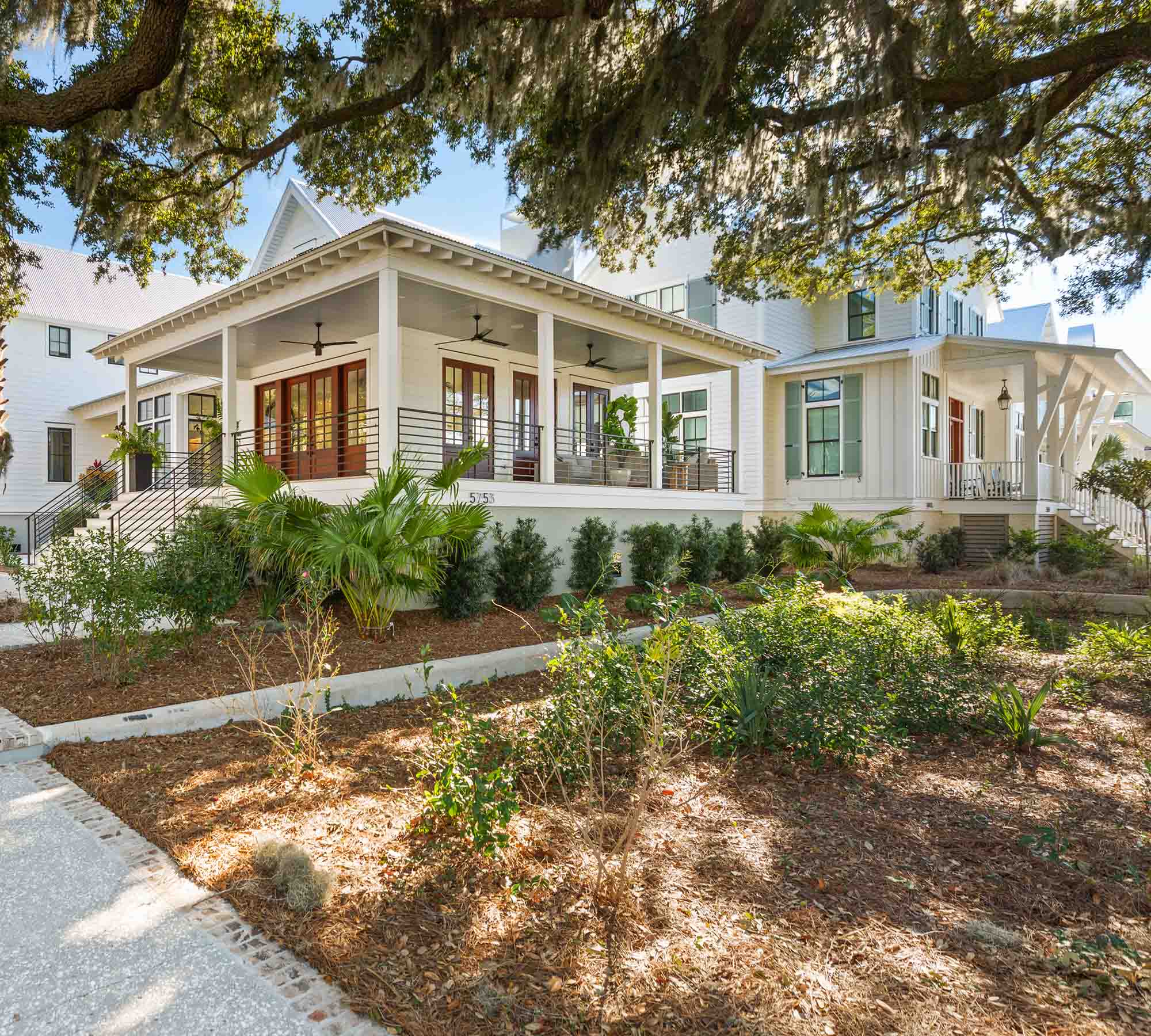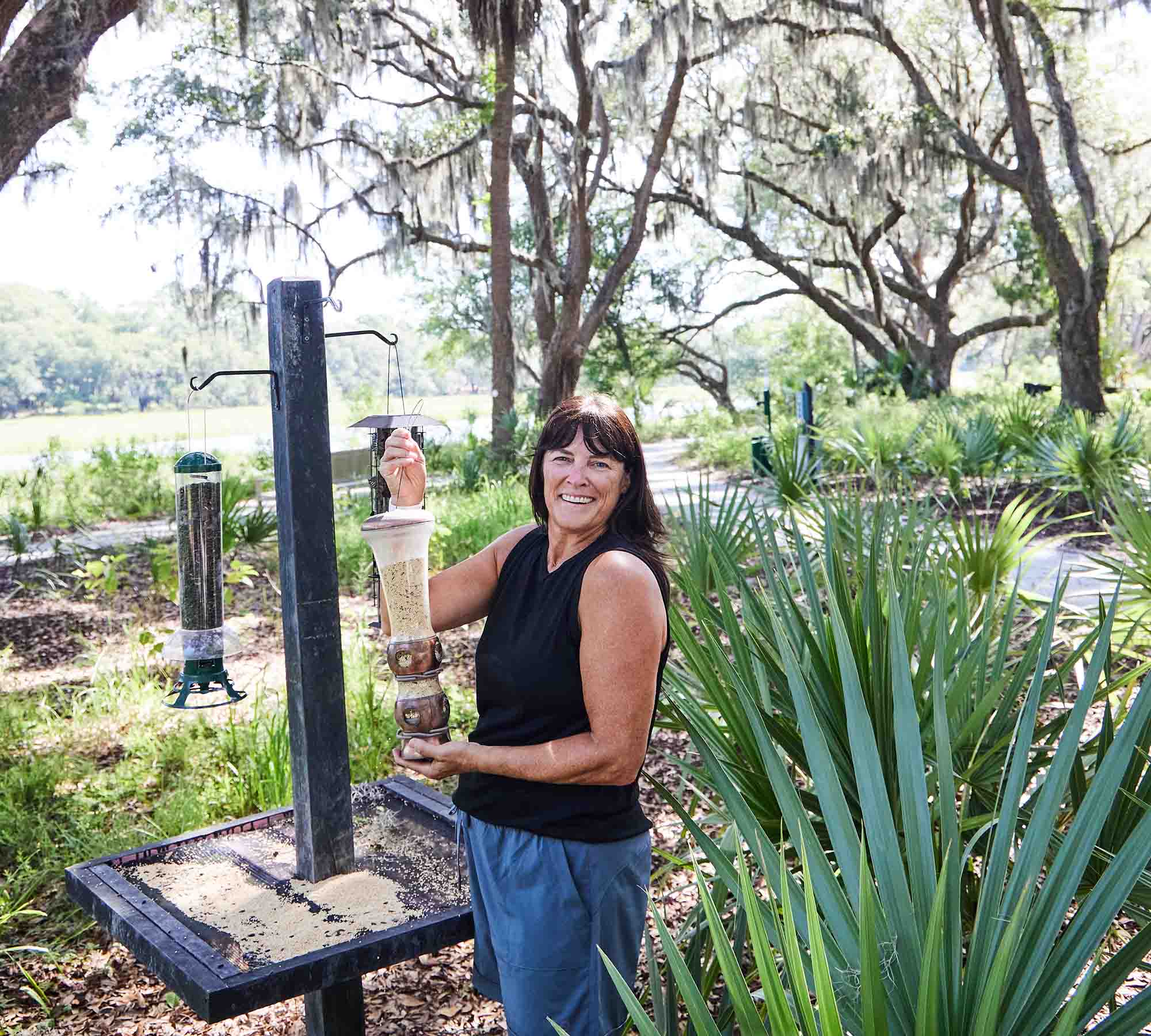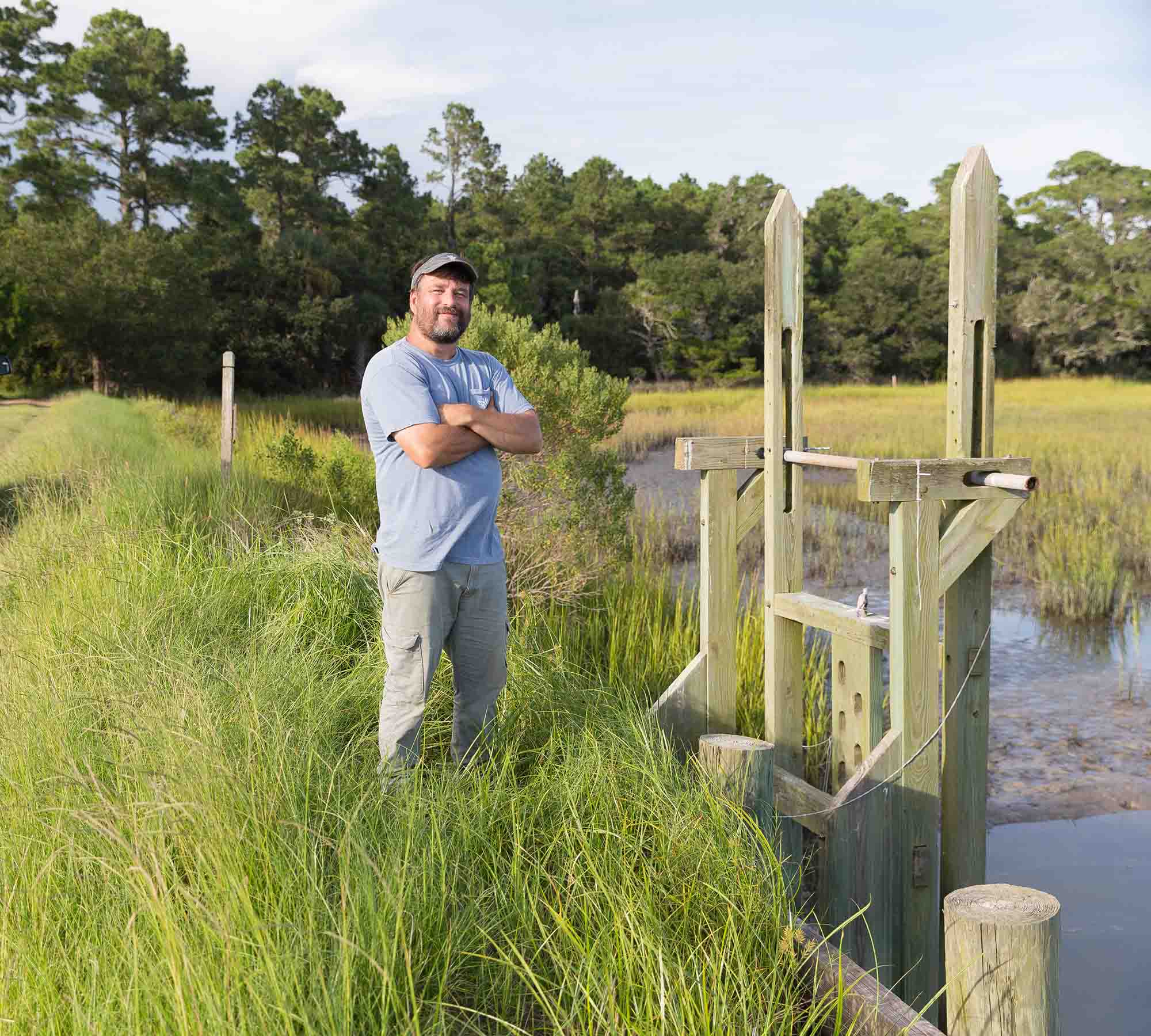explore
Sustainable Practices at Kiawah River
Kiawah River is a thoughtfully designed community that exemplifies a commitment to sustainable living, environmental stewardship, and the preservation of cultural heritage. With a focus on conservation, innovative land management, and sustainable building practices, the community offers a unique blend of natural beauty, responsible development, and deep-rooted connections to the region’s history. Residents enjoy a lifestyle where modern amenities coexist with preserved green spaces, fostering a strong sense of place and community engagement.
Land Preservation

Master-planned community: Strategic land use allocation and conservation, ensuring preservation and integration of green spaces, parks and natural habitats.
51% of Kiawah River’s 2,000 acres will remain undeveloped, including the farm, marsh, ponds, nature trails, parks and green spaces.
Kiawah River Land Trust: A self-sustaining endowment ensuring long-term conservation and stewardship of the land in perpetuity.
Sustainable Building

Resource-efficient environmentally responsible homes: Designed according to guidelines from the community’s Architect Guild and Builder Guild.
Preserving Johns Island’s Architectural Heritage: Our Architectural Review Board drew inspiration from Johns island’s historic architecture, with spacious porches, raised foundations, and large central hallways, reflecting the serene summer homes designed for comfort and relaxation.
Commitment to quality and sustainability: Builders are chosen for their expertise in sustainable and green building practices.
Resident Community Engagement

Environmental stewardship: Kiawah River regularly shares tips on pollinator plants, bees-friendly practices, and sustainable gardening techniques to promote biodiversity.
Wildlife crews: Residents can contribute to preserving local wildlife by joining groups like the Bluebird Team, Kiawah River Anglers, and/or the Kiawah River Sustainability Team.
Waste management initiatives: Composting programs aim to minimize landfill waste while enriching the community’s soil.
Land Planning

25-year Kiawah River Development Agreement: Adopted by Charleston County Council, it serves as a planning tool, making it possible for collaboration and concessions for the benefit of the project and surrounding community with mutually agreed-upon assurances and enforcement provisions they both can rely on. It provides a plan for the future to include general uses, density, site layout, and maximum allowable build-out.
Community green-space: Focuses on preserving and creating life-enriching spaces that blend environmental enhancement, stewardship, and social engagement.
Land planning for biodiversity: Preserves natural habitats like hedgerows, buffer strips, and any native/natural space that has host plants and vegatation that can be used to over winter.
Community Farm Preservation: By preserving biodiversity, open-space and trees, and by reducing degradation small farms provide valuable ecosystem services. Kiawah River Farm’s “refugia” regenerative practices promote sustainable resource use and conservation through land management techniques such as rotational grazing, raising multiple species, planting perennials, and composting to enhance biodiversity, build soil health, and naturally eliminate pests.
Water Management - Green Infrastructure

Rice trunk gates: Control the flow of freshwater and saltwater, used to fill and restock ponds and lower water levels for storm preparations.
Onsite water-treatment facility: Recycles gray water for spray fields, reducing freshwater demand, enhancing drought resilience, conserving energy, and lowering community water costs
Stormwater management systems: Include open-water detention and retention basins, vegetated swales, riparian buffers, and engineered water quality filters to prevent flooding and protect rivers and streams from pollution.
Wildflower meadows: Three miles of meadows and native flower fields that require minimal maintenance and no irrigation, saving fresh water and HOA dues while promoting healthy habitats for native species.
Kiawah River Farm

Kiawah River Farm: A working farm in partnership with local Johns Island farmers, featuring a goat dairy, organic grass-fed beef cattle, free-range chickens, honeybees, produce, and flower fields.
Fostering connections: Provides tillable acres in collaboration with neighboring farms, creating cooperative opportunities to connect residents with local growers and preserve the sea islands’ agricultural traditions and history.
Locally grown produce: Purchasing from the farmstand reduces the carbon footprint associated with transportation and distribution.
Wildlife Habitat Creation

Wildlife Conservancy: Established by Kiawah River’s Chief Environmental Officer to provide safe environments for wildlife, including bird and bat boxes for nesting and reproduction.
Bird rookery: A historic rice field transformed into a thriving bird sanctuary for nesting, breeding, and nurturing young birds.
Bald Eagle Preserve: Home to two protected bald eagle nests that have supported generations of baby eagles for over 30 years.
Tree relocation program: Led by Chief Environmental Officer, Jeff Snyder, relocating over 1,000 trees and cultivating new generations of native species.
Pollinator gardens and wildflower meadows: Scattered throughout Kiawah River, these habitats promote the population of bees, butterflies, hummingbirds, and more.
